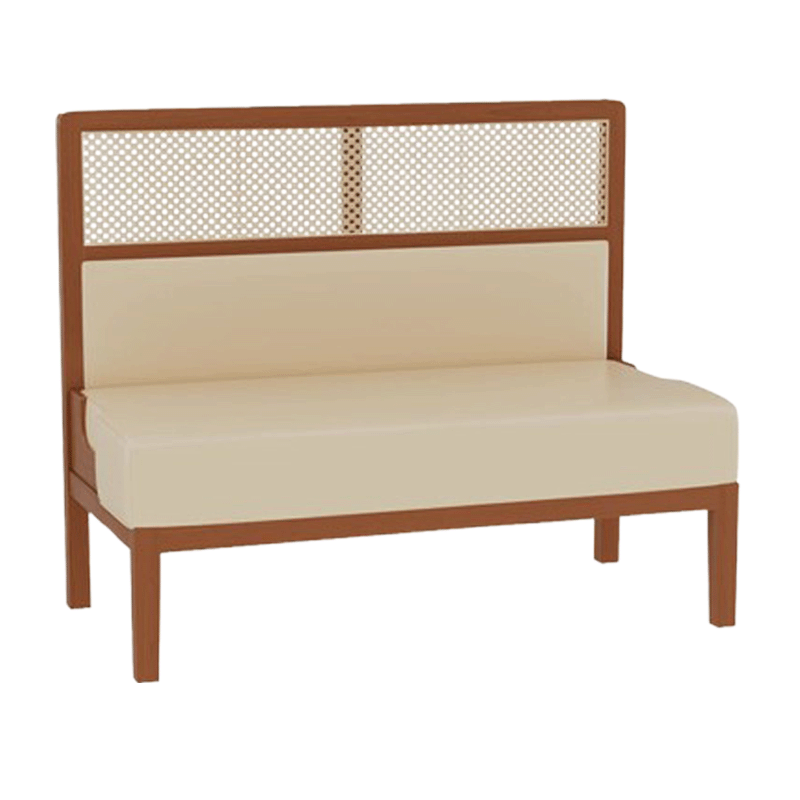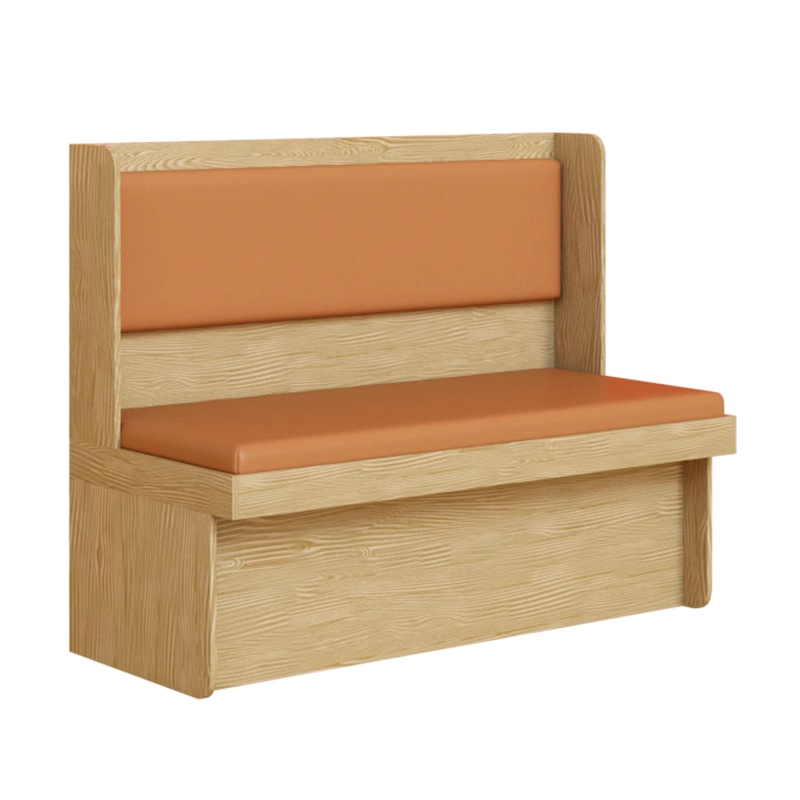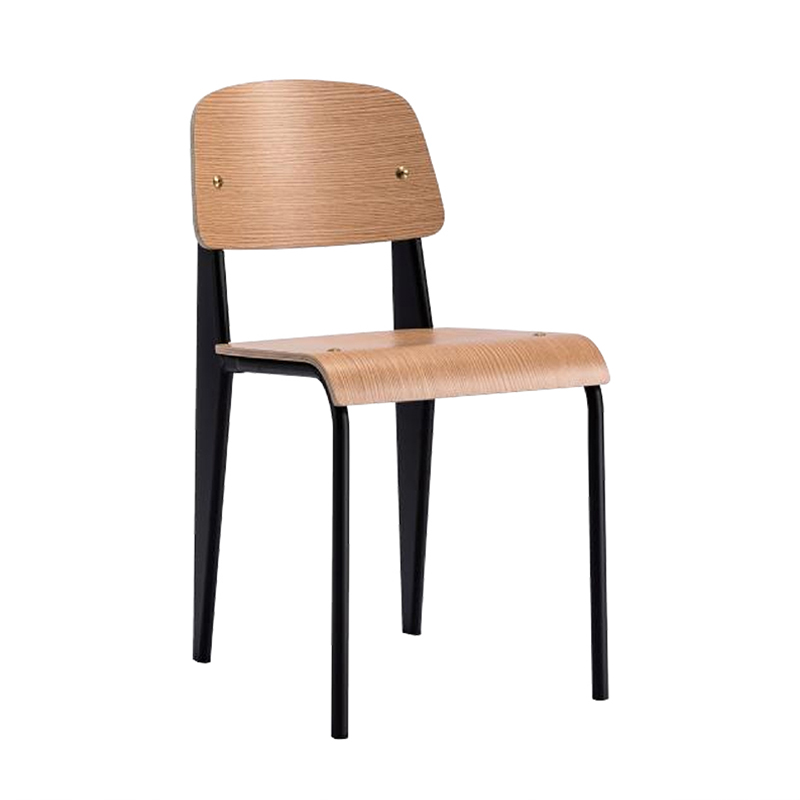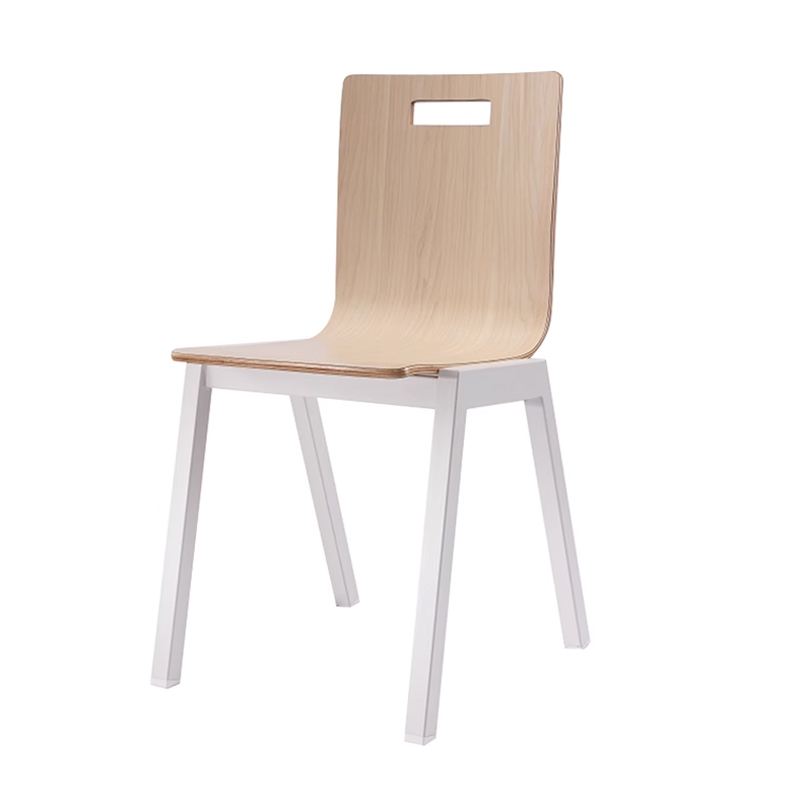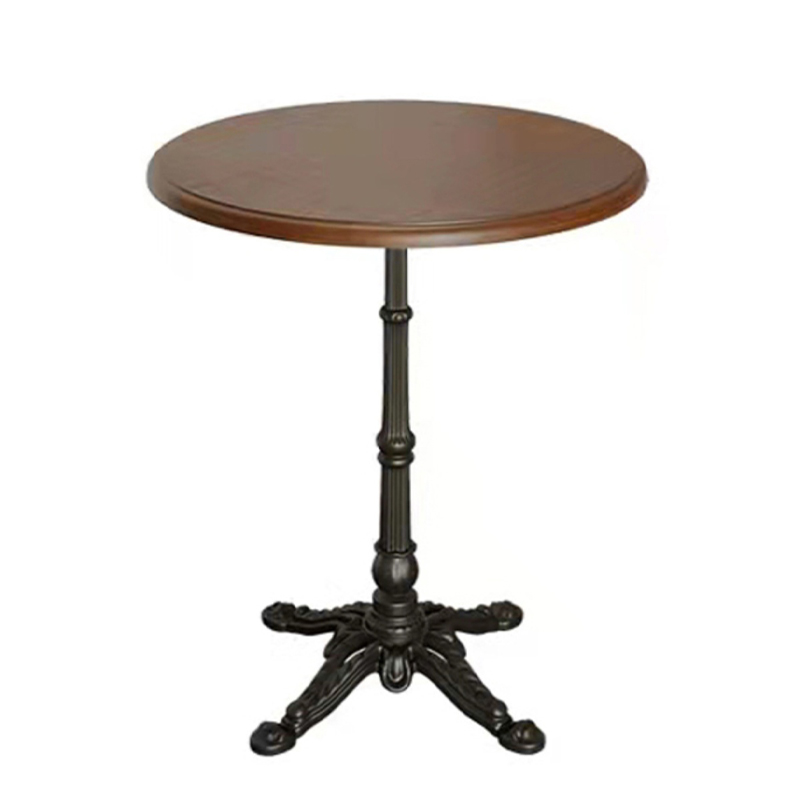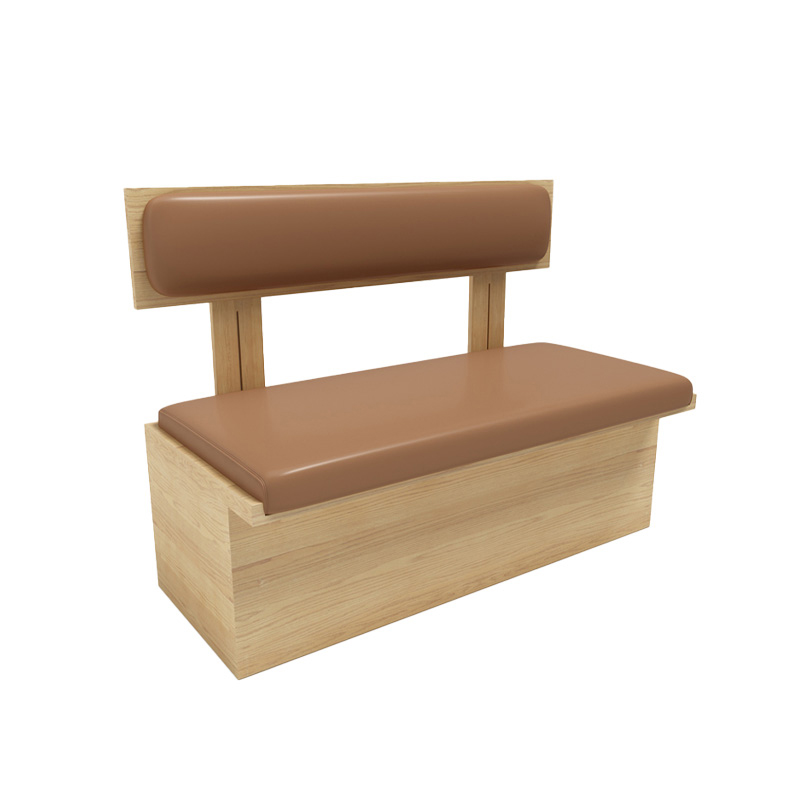Private restaurant booths and open seating are two of the most debated layout choices in restaurant design. One emphasizes privacy and brand identity, the other highlights flexibility and cost efficiency. So which option is right for your restaurant in 2025? The short answer: it depends on your brand positioning, target audience, and operational goals — but let’s break it down with some real-world insights.
The Case for Private Restaurant Booths
Booths aren’t just seats — they’re mini-environments. Diners love the sense of enclosure and comfort, while operators see increased dwell time and stronger customer loyalty. Research from hospitality design studies shows that enclosed seating can extend average stay by up to 18 minutes (and yes, that often translates into higher check sizes).
Advantages of booths include:
- Enhanced privacy for couples, families, and business meetings
- Better acoustics thanks to upholstered surfaces and high backs
- A “cozy” dining feel that encourages repeat visits
- Stronger design impact when customized with brand logos or fabrics
From a manufacturer’s perspective, booths also tick the box of durability: hardwood frames, reinforced joints, and commercial-grade foams can handle years of heavy use.
The Case for Open Seating
Open seating favors flexibility. Tables and chairs can be rearranged at will — perfect for events, high-turnover service, or smaller venues. Owners appreciate the lower upfront investment, while guests enjoy the buzz of a lively dining room.
Advantages of open seating include:
- Designed for flexibility — effortlessly adapts to seasonal layouts and large group gatherings.
- Lower initial costs compared to custom booths
- Creates a social, energetic atmosphere
- Easier maintenance and replacement of individual units
For cafés, fast-casual formats, or restaurants chasing quick table turnover, open seating often delivers the efficiency they need.
Side-by-Side Comparison
| Feature | Private Restaurant Booths | Open Seating |
|---|---|---|
| Privacy & Acoustics | High, ideal for private dining | Low, open environment |
| Customer Comfort | High, cushioned and enclosed | Moderate, depends on chair type |
| Space Efficiency | Fixed layouts, optimized for groups | Flexible, reconfigurable anytime |
| Design & Branding | Excellent brand integration possibilities | Limited customization |
| Cost | Higher upfront investment | Lower initial cost |
| Durability | Long lifespan with commercial-grade build | Varies, often shorter lifespan |
Which Should You Choose?
Think about your restaurant’s DNA:
- Fine dining, family restaurants, and upscale cafés → private restaurant booths work best, creating intimacy and brand value.
- Fast-casual, food halls, or high-turnover eateries → open seating is a smarter, more flexible investment.
- For many operators, a hybrid model (booths along the walls, open seating in the center) offers the best of both worlds.
FAQ: Common Questions from Restaurant Owners
Q1: Do booths really increase revenue?
Yes. Studies show booths can extend customer dwell time, often leading to higher per-table sales, especially in full-service restaurants.
Q2: Are booths harder to clean and maintain?
Not necessarily. Modern upholstery materials (anti-stain vinyl, antimicrobial fabrics) make booth cleaning almost as easy as wiping down a chair.
Q3: Which option is better for small spaces?
Open seating is usually more space-efficient in very small restaurants, though booths along walls can still maximize usage.
Final Thought from a Manufacturer’s Perspective
When evaluating seating, don’t just think aesthetics. Factor in durability, acoustics, and long-term ROI. Private restaurant booths can transform the dining experience into something memorable, while open seating offers unmatched flexibility. In reality, the smartest layouts often blend both, ensuring your restaurant isn’t just functional, but also inviting and brand-defining.


 English
English Zulu
Zulu Igbo
Igbo Yoruba
Yoruba Xhosa
Xhosa Afrikaans
Afrikaans Sesotho
Sesotho Thai
Thai Vietnamese
Vietnamese Indonesian
Indonesian Malay
Malay Lao
Lao Myanmar
Myanmar Khmer
Khmer Turkish
Turkish Hausa
Hausa Portuguese
Portuguese Hindi
Hindi Arabic
Arabic Russian
Russian Japanese
Japanese Chinese
Chinese




